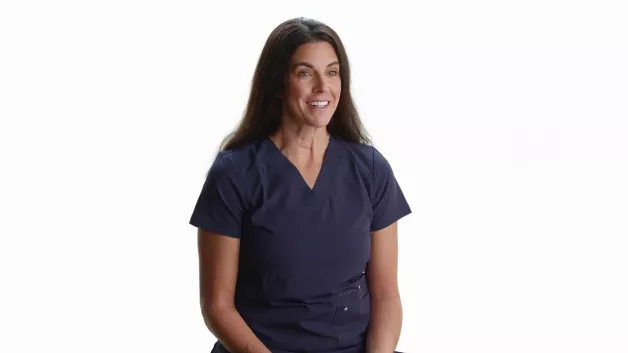At Orascoptic, we know visualization.
And you've recognized us with awards.
Masters of our craft, we unlock your most important clinical instrument to help empower you in your day-to-day.
We custom design our products to be an extension of you, helping you perform better and practice safer.
Together we enable you to see the unseen, to practice more ergonomically and excel at your craft.
We're honored to be the recipients of 20 Townie Choice Awards for Best Loupes and 9 Cellerant Best of Class Technology Awards.
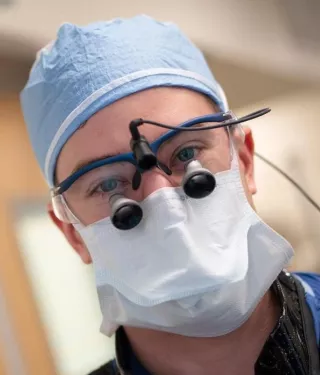
Medical
Surgical procedures demand extraordinary precision and judgement. Orascoptic surgical loupes enable surgeons to operate with exceptional visual clarity.
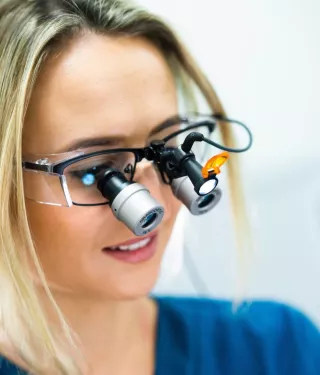
Dental
From composite fillings to endodontic treatments, our custom-made dental loupes enable you to increase your productivity, improve your performance and practice more ergonomically.
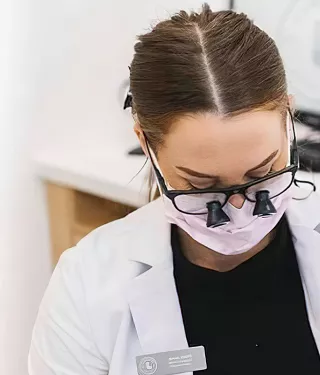
Hygienists
Empowering you to perform at your best and promote a long and healthy career. Our RDH line of solutions is designed with hygienists for hygienists.
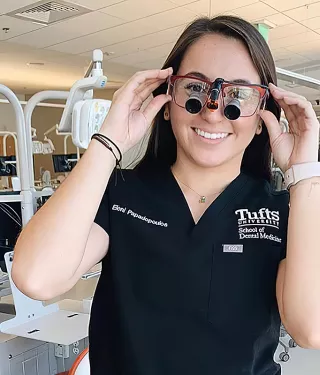
Students
We are here for you as you embark on your biggest adventure yet. Custom loupes and headlights are an extension of you as you carve your way into the healthcare industry.
Don't take our word for it.
Hear straight from your peers on how Orascoptic has impacted their practice.
"Since using Orascoptic loupes I have better posture, and the pain in my neck has gone away. I would definitely recommend these loupes to any hygienest."
"I'm currently using the EyeZoom™. It has three different magnifications: 3x,4x,5x. I usually use the 4x and, if I want to get really close up I'll go to the 5x. If I want more of an overview, I'll go to the 3x magnification. It's very versatile.”
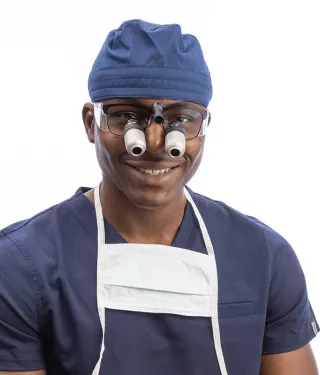
Loupes
Exceptional magnification is essential for routine exams to intricate surgical procedures. Find your magnification to enable your best work.
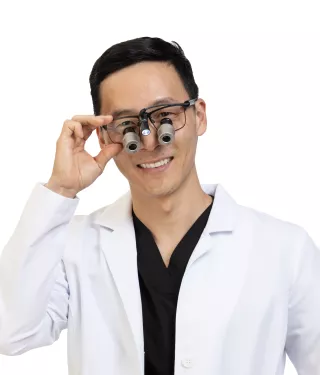
Headlights
You can’t see what you can’t see. Find the lighting solution to improve your visibility by reducing shadowing in your field of view.
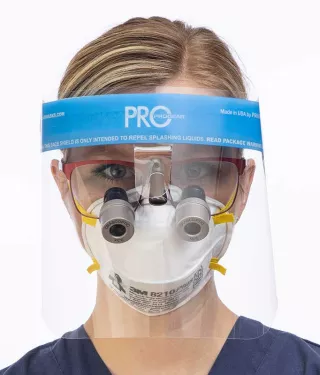
Safety
From splatter to radiation protection, browse our safety solution products that help keep you safe.
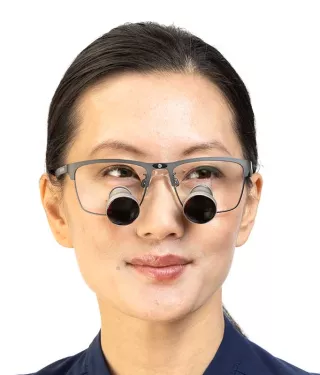
Frames
Designed as functional platforms for medical devices, our frames place performance, durability, and safety as top priorities.
*Mrs. Parks and Dr. Tauschek are paid consultants for Orascoptic. The opinions expressed are those of Mrs. Parks and Dr. Tauschek. Orascoptic is a medical device manufacturer and does not dispense medical advice. Clinicians should use their own professional judgment in treating their patients.


